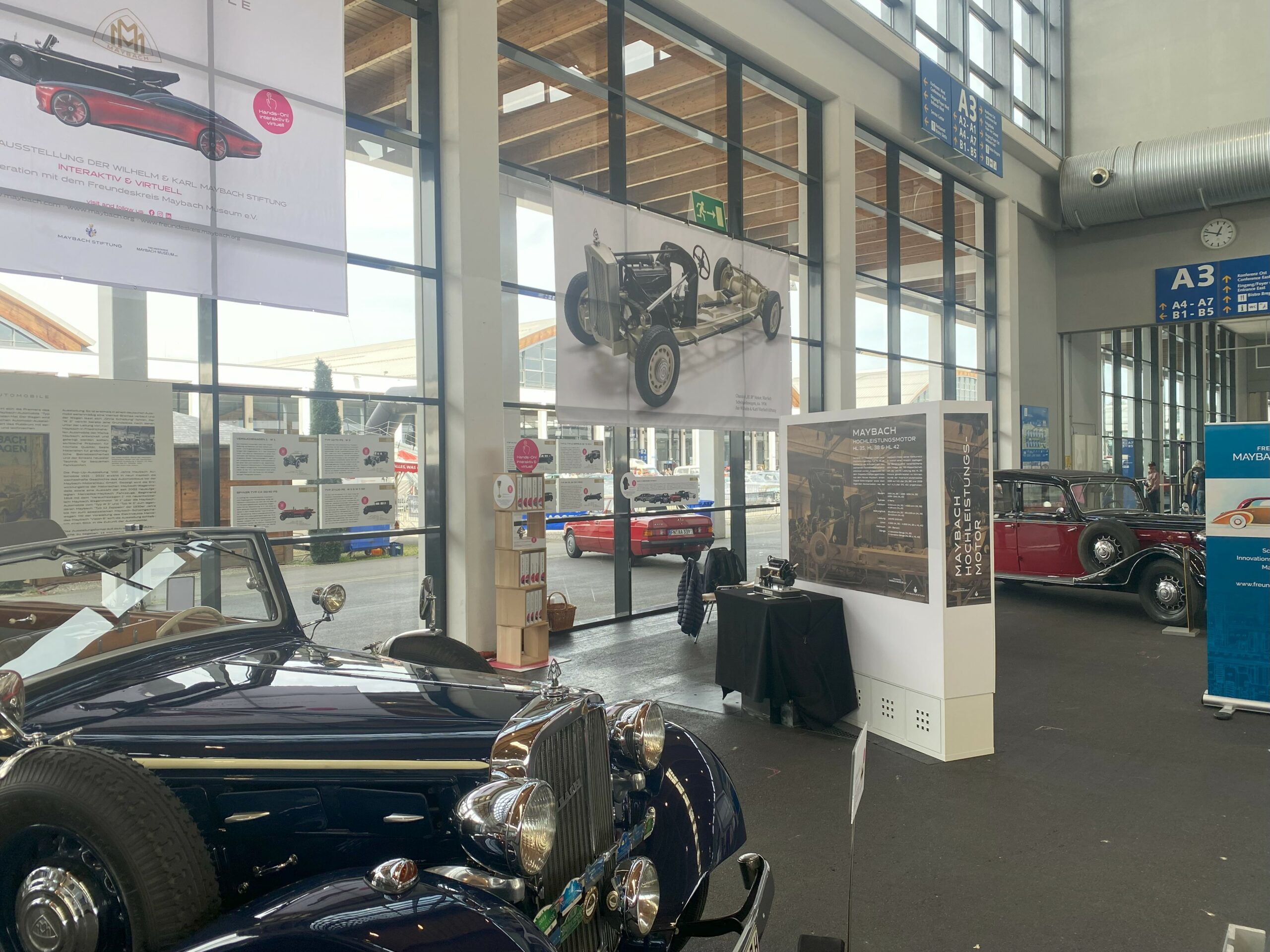
The 14th edition of the „Classic World Lake Constance“ took place in Friedrichshafen from May 5th to 7th 2023. For three days, the Friedrichshafen Exhibition Center was dedicated to the exciting theme of historical vehicles and vintage cars — experiencing them: on land, water, and in the air. During the expo at the Maybach booth the audience could explore a range of historical cars, motorcycles, boats, airplanes, and exclusive vintage automobiles . The interest was immense, with a total of 800 exhibitors and 37,000 visitors from all over Europe, according to the trade show organizer. Therefore, trade show director Klaus Wellmann summarized a very positive conclusion:
„The Classic World Lake Constance was a resounding success. Even pre-COVID levels were achieved. Nowhere else can you experience historical mobility in such a dynamic variety like in Friedrichshafen“. And vintage car enthusiasts are well aware that Friedrichshafen (Lake Constance) is inseparably linked to the origins of the Maybach engine and automobile brand.
Several weeks in advance, the exhibit preparations took place at the Wilhelm and Karl Maybach Foundation and the Friends of the Maybach Museum Association.
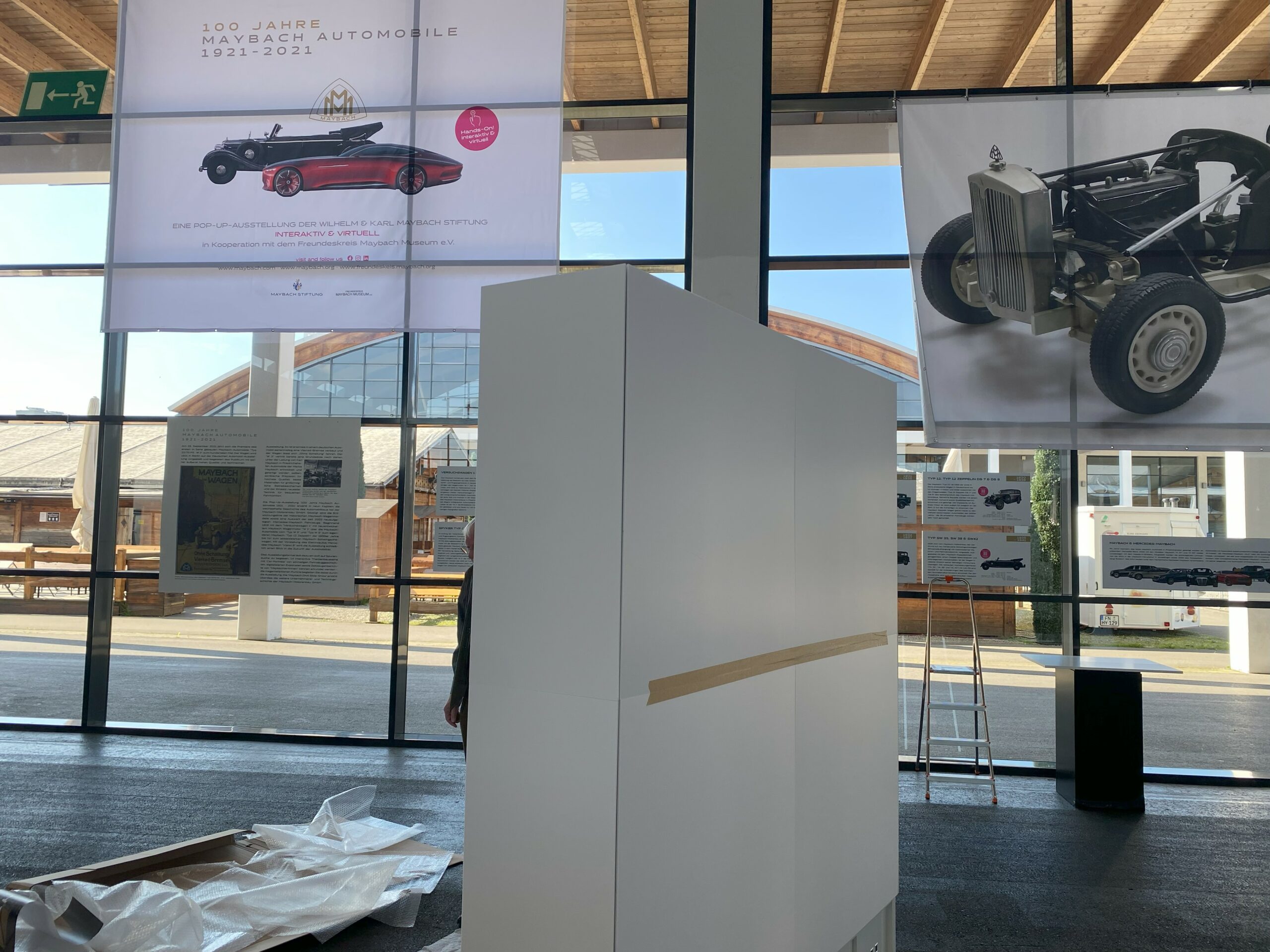
The key exhibit theme of the Maybach booth had to be determined, and we connected with the owners of multiple Maybach automobiles from our network and we invited them to participate with their beautiful vehicles. Once again, we received support from Georg Schnepper who maintains excellent connections with the Maybach Club and knows exactly which historical Maybach vehicles are suitable and available for display at a specific car show. Additionally, the trade show furniture and technical equipment had to be retrieved and serviced from our storage facilities, and new furniture had to be built. Finally, many working hours were dedicated to the creation of exhibition visuals and display texts which were prepared by our museum team in Friedrichshafen.
This year, we chose the exciting theme „The Maybach High-Performance Engine of 1935 and the Maybach Swing-Axle Carriage“ due to the extensive Maybach automotive history. For this purpose, we selected two objects as highlights from the museum collections of the Wilhelm and Karl Maybach Foundation and the Friends of the Maybach Museum Association, and proudly presented them by using an elaborate photo backdrop.
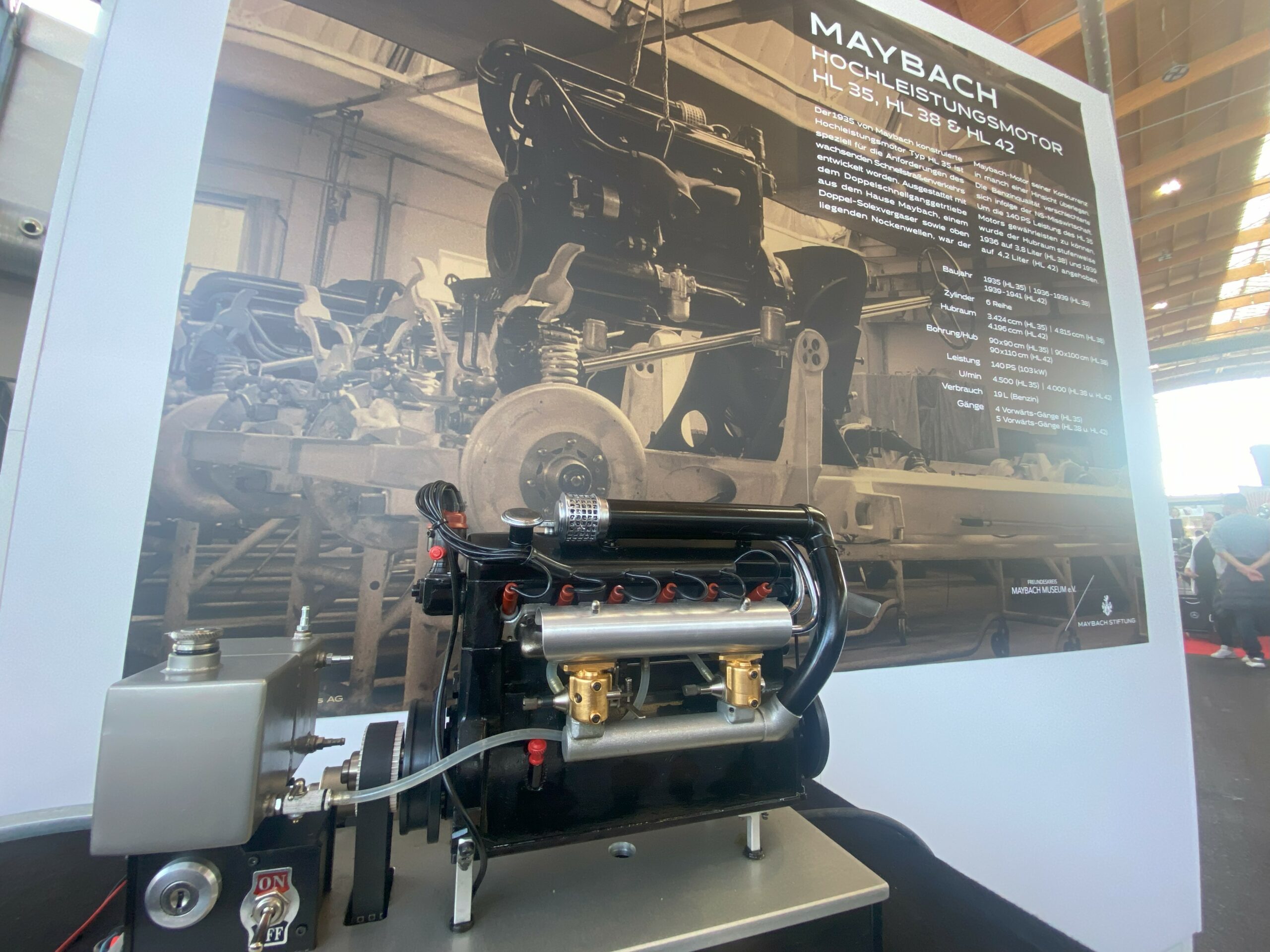
On the one hand, it was a fully functional engine model of the Maybach automobile Type SW 38 which was provided by the Wilhelm and Karl Maybach Foundation. Thanks to Günter Langwald’s technical knowledge and craftsmanship, not only was the model brought back into operation after a long period of inactivity, but the engine was also demonstrated to the interested public throughout the entire three days of the trade fair. Whenever the engine was loudly started and the air filled with the smell of gasoline, it created a special effect and great sensation at our booth, attracting many more visitors who stopped by to see the spectacle. The engine was presented in all its technical and historical details. The high-performance engine type HL 35, designed by Maybach in 1935, was specifically developed to meet the demands of the growing highway traffic. Equipped with the dual-speed transmission from Maybach, a dual Solex carburetor, and overhead camshafts, the Maybach engine outperformed its competitors in many aspects. The quality of gasoline deteriorated due to the mismanagement of the Nazi régime. In order to ensure the 140 horse power of the HL 35 engine, the displacement was gradually increased to 3.8 liters (HL 38) in 1936 and 4.2 liters (HL 42) in 1939.

On the other hand, we exhibited a rare training model of a swing-axle carriage chassis from the object inventory of the museum collection of the Friends of the Maybach Museum Association. In the 1930s, apprentices at Maybach Motorenbau GmbH were able to learn the technical functioning of the swing-axle carriage chassis using this model. Now, 90 years later, we once again provided a close-up experience of the unique technical functionalities of that time for vintage car enthusiasts in Friedrichshafen
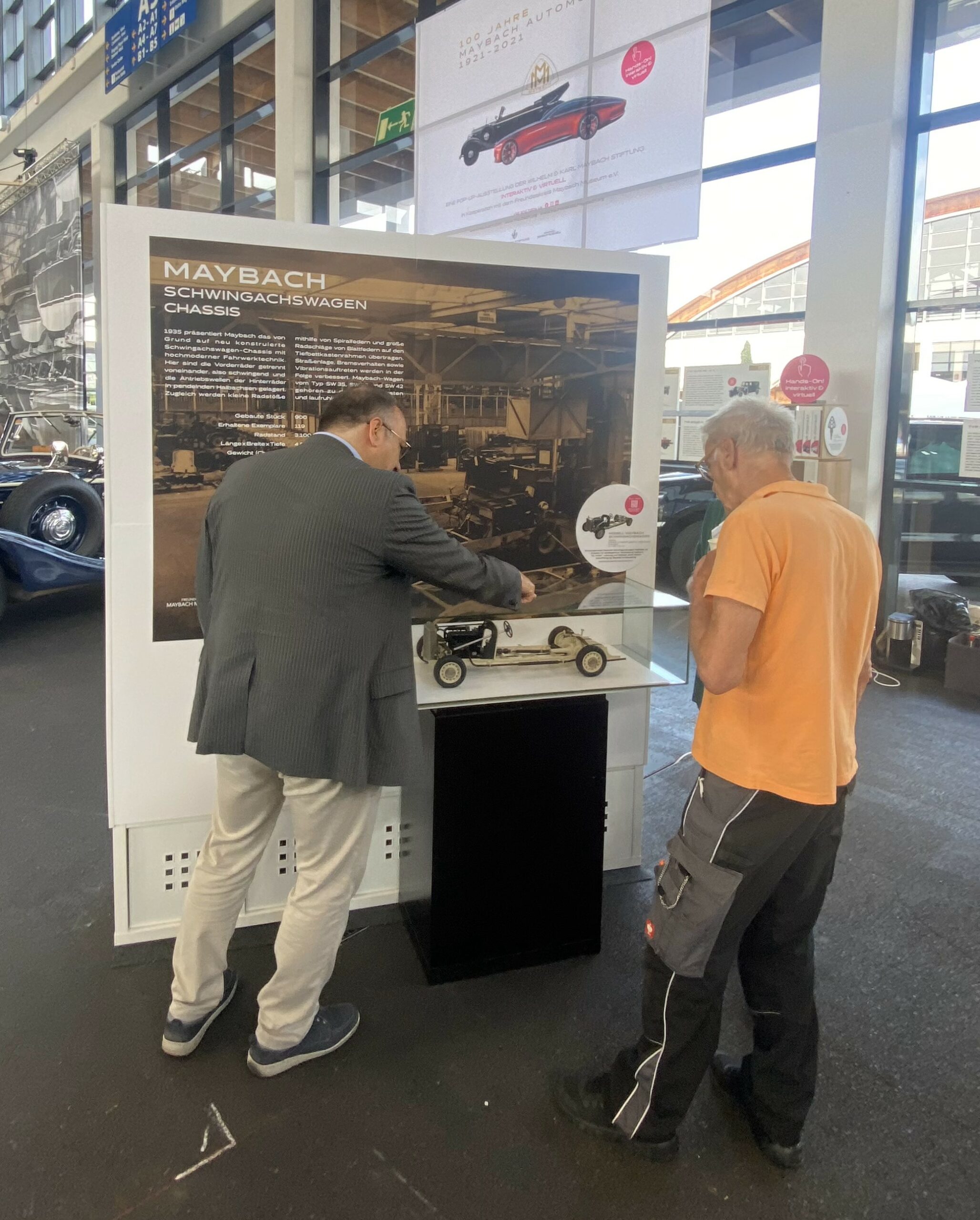
In 1935, Maybach unveiled the completely redesigned swing-axle carriage chassis with state-of-the-art suspension technology. The front wheels are independently suspended, allowing them to move autonomously, while the drive shafts of the rear wheels are mounted on swinging half-axles. This design allows for small wheel impacts to be absorbed by spiral springs, while larger wheel movements are transferred to the low-bed frame through leaf springs. As a result, road handling, braking performance, and vibration characteristics are significantly improved. Maybach vehicles of the SW 35, SW 38, and SW 42 models are among the safest and smoothest-running of their time.
The key focus of our audience at the Maybach booth was genuinely on the two original preserved Maybach vehicles, the SW 38 and SW 35 models. The first vehicle is a convertible body, crafted by the coachbuilder “Spohn” in Ravensburg, built in 1937. This car has participated in numerous classic car tournaments and is regularly seen around Lake Constance. The second vehicle at our booth was a 1935 Maybach Pullman limousine, also bodied by Spohn. This car is one of the earliest produced vehicles in the swing-axle carriage series and is part of the “Steim” automobile collection. We highly recommend a visit to the Steim automobile collection in Schamberg, Germany, to everyone in our community. In addition to the Maybach SW 35, there are many other outstanding historical automobiles to admire and explore. Both vehicles at our booth at the Klassikwelt Bodensee were driven to Friedrichshafen under their own power, were spotted and warmly greeted by the first vintage car enthusiasts long before the booth doors opened.

For those of you who couldn’t make it to the Klassikwelt Bodensee in Friedrichshafen this year, we have compiled a video showcasing the highlights at the Maybach booth. Enjoy watching it — with compliments of the exhibition team at the Wilhelm and Karl Maybach Foundation.
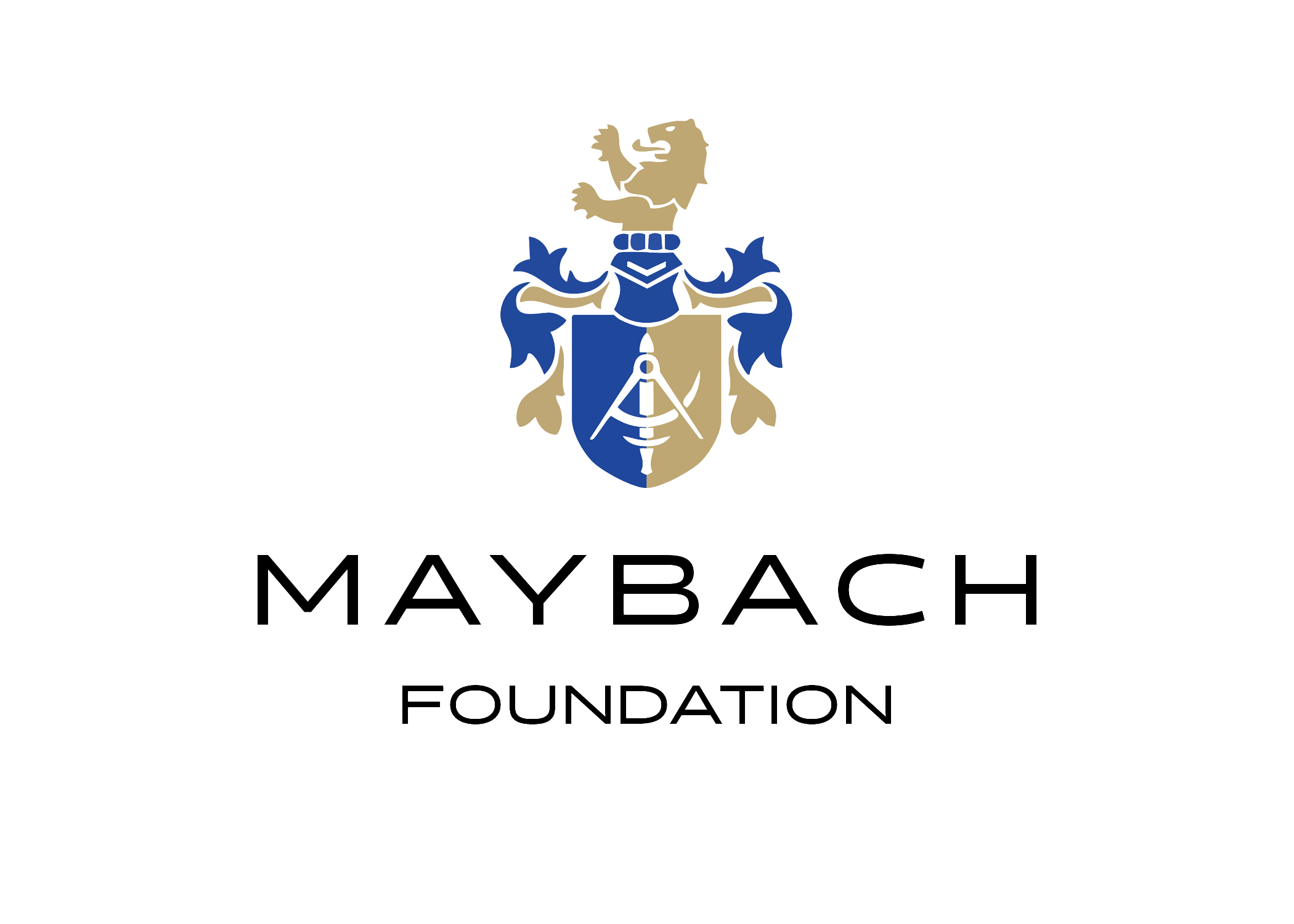

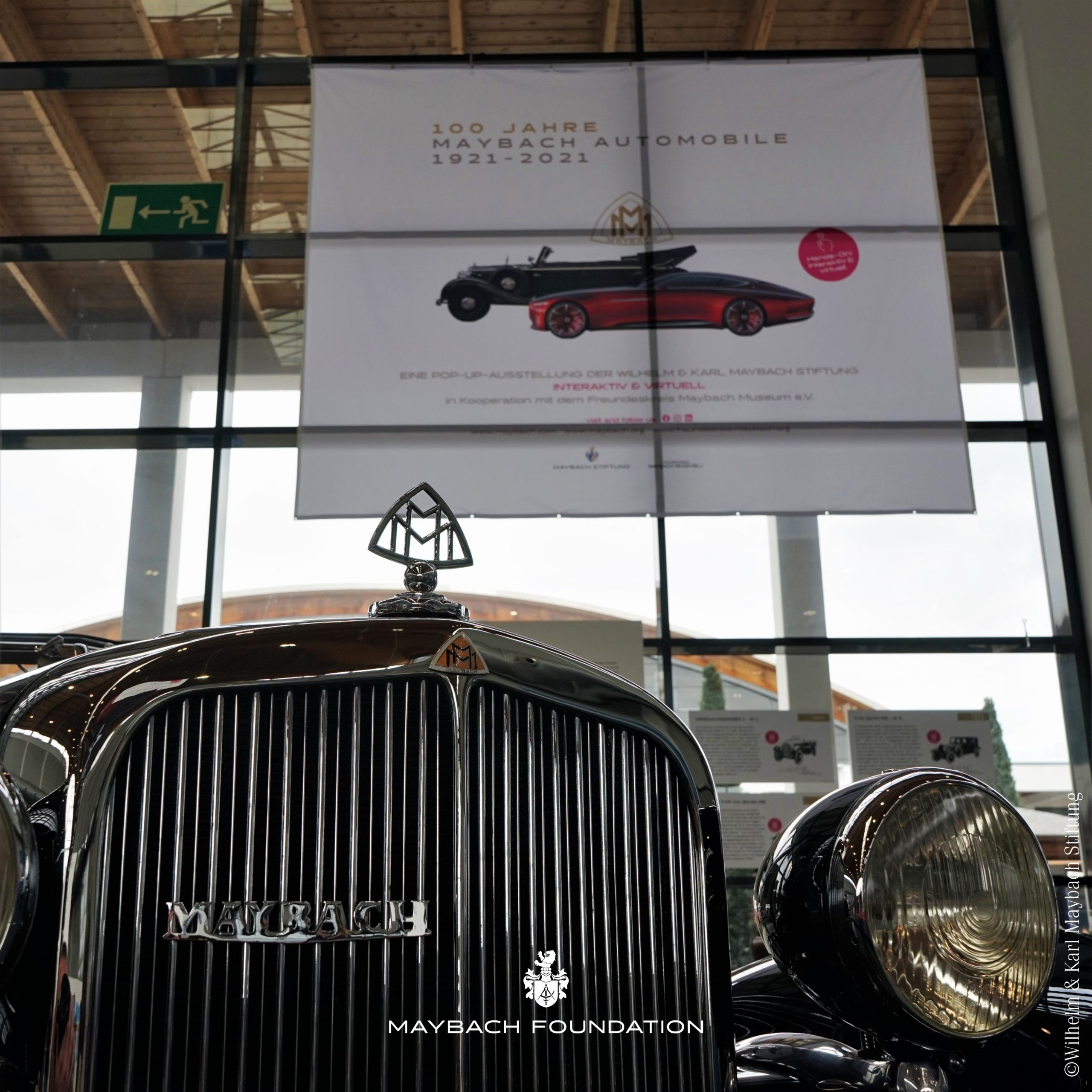
Leave a Reply